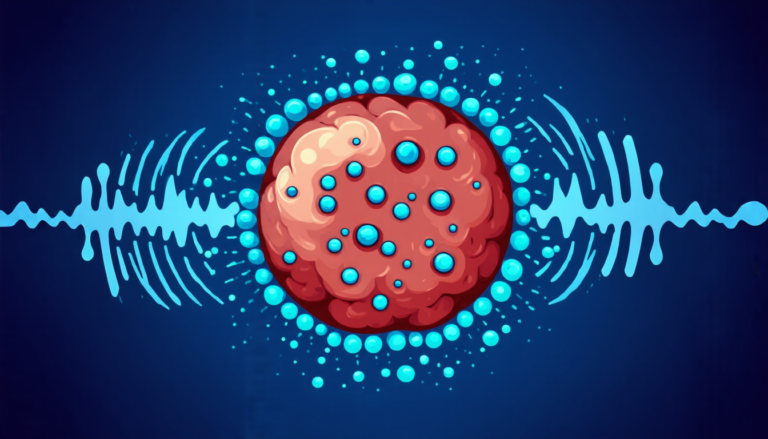Monday 31 March 2025
Mathematicians have made a significant breakthrough in understanding the properties of free groups, which are fundamental structures in modern mathematics. These groups are used to describe symmetries and patterns in various mathematical objects, such as shapes, numbers, and functions.
The research, published recently, has shed new light on the Andreadakis problem, a long-standing puzzle that has puzzled mathematicians for decades. The problem revolves around the relationship between two important concepts: the Johnson cokernel and the McCool group.
In simpler terms, the Johnson cokernel is like a filter that separates certain symmetries from others in a free group. The McCool group, on the other hand, is a specific type of symmetry that can be applied to these groups. The Andreadakis problem asks whether the two concepts are equal or not.
The mathematicians behind this research have made significant progress in solving this problem by studying the properties of the Johnson cokernel and the McCool group. They found that the Johnson cokernel is not equal to the McCool group, which means that there are symmetries that cannot be captured by the filter alone.
This breakthrough has far-reaching implications for various areas of mathematics, including geometry, topology, and algebraic geometry. It will also open up new avenues for research in these fields, as mathematicians can now explore the properties of free groups with greater precision and depth.
One of the most exciting aspects of this research is its potential applications to real-world problems. For example, understanding the symmetries of shapes and patterns can help computer scientists develop more efficient algorithms for tasks such as image recognition or data compression. Similarly, advances in algebraic geometry could lead to breakthroughs in fields like physics, where symmetries play a crucial role in describing the behavior of particles and forces.
The study’s findings have also sparked new questions and areas of inquiry. Mathematicians are eager to explore how these results can be applied to other areas of mathematics and science. They are also curious about the potential connections between this research and other unresolved problems, such as the Poincaré conjecture or the Birch and Swinnerton-Dyer conjecture.
Overall, this breakthrough is a testament to the power of human curiosity and ingenuity in advancing our understanding of the world around us. By pushing the boundaries of mathematical knowledge, researchers can unlock new insights and discoveries that have the potential to transform various fields and industries.
Cite this article: “Mathematicians Uncover New Insights into Free Groups, With Far-Reaching Implications for Mathematics and Science”, The Science Archive, 2025.
Free Groups, Andreadakis Problem, Johnson Cokernel, Mccool Group, Symmetries, Patterns, Geometry, Topology, Algebraic Geometry, Mathematics.
Reference: Jaques Darné, Naoya Enomoto, Takao Satoh, “The Andreadakis Problem for the McCool groups” (2025).







